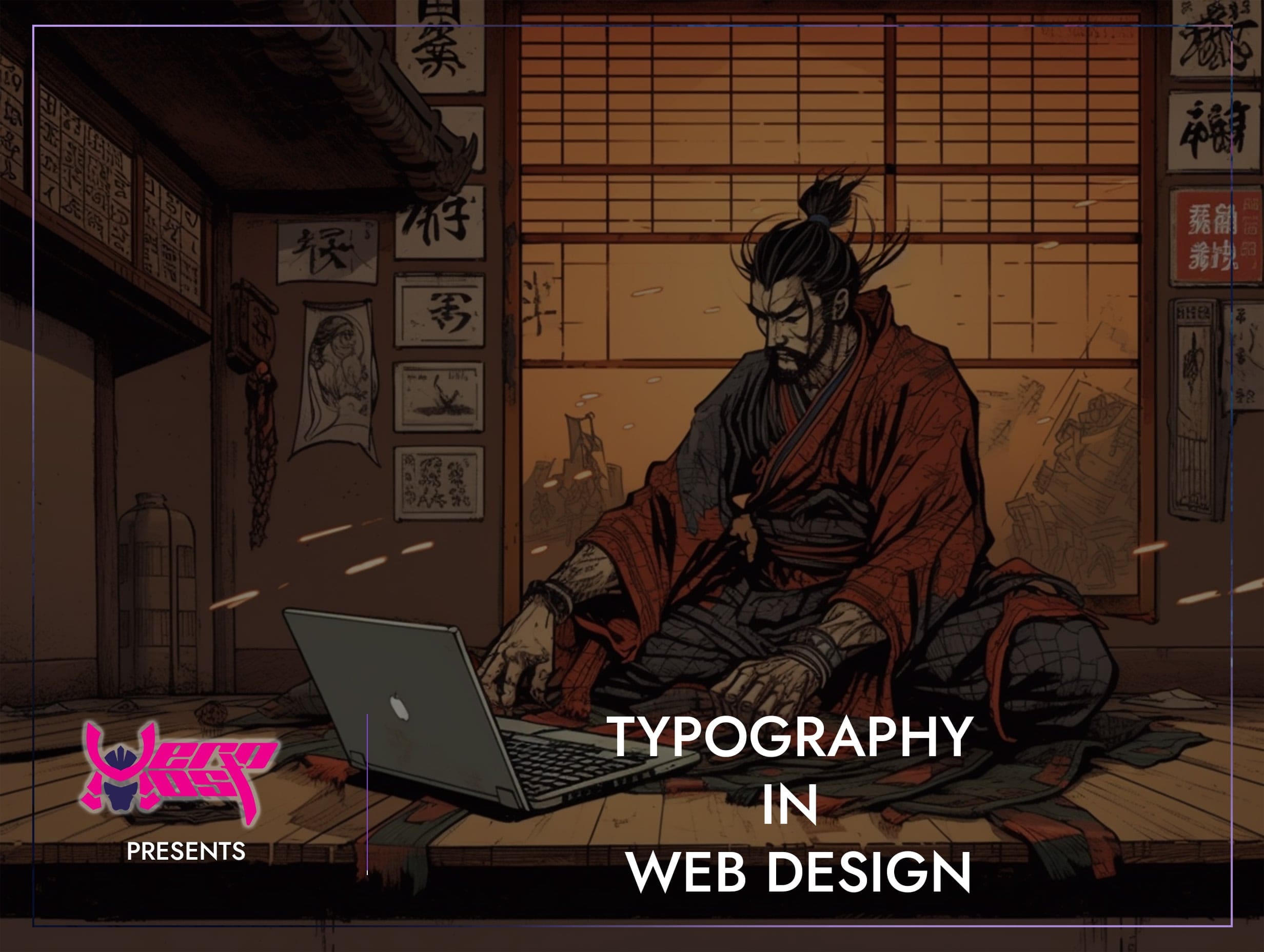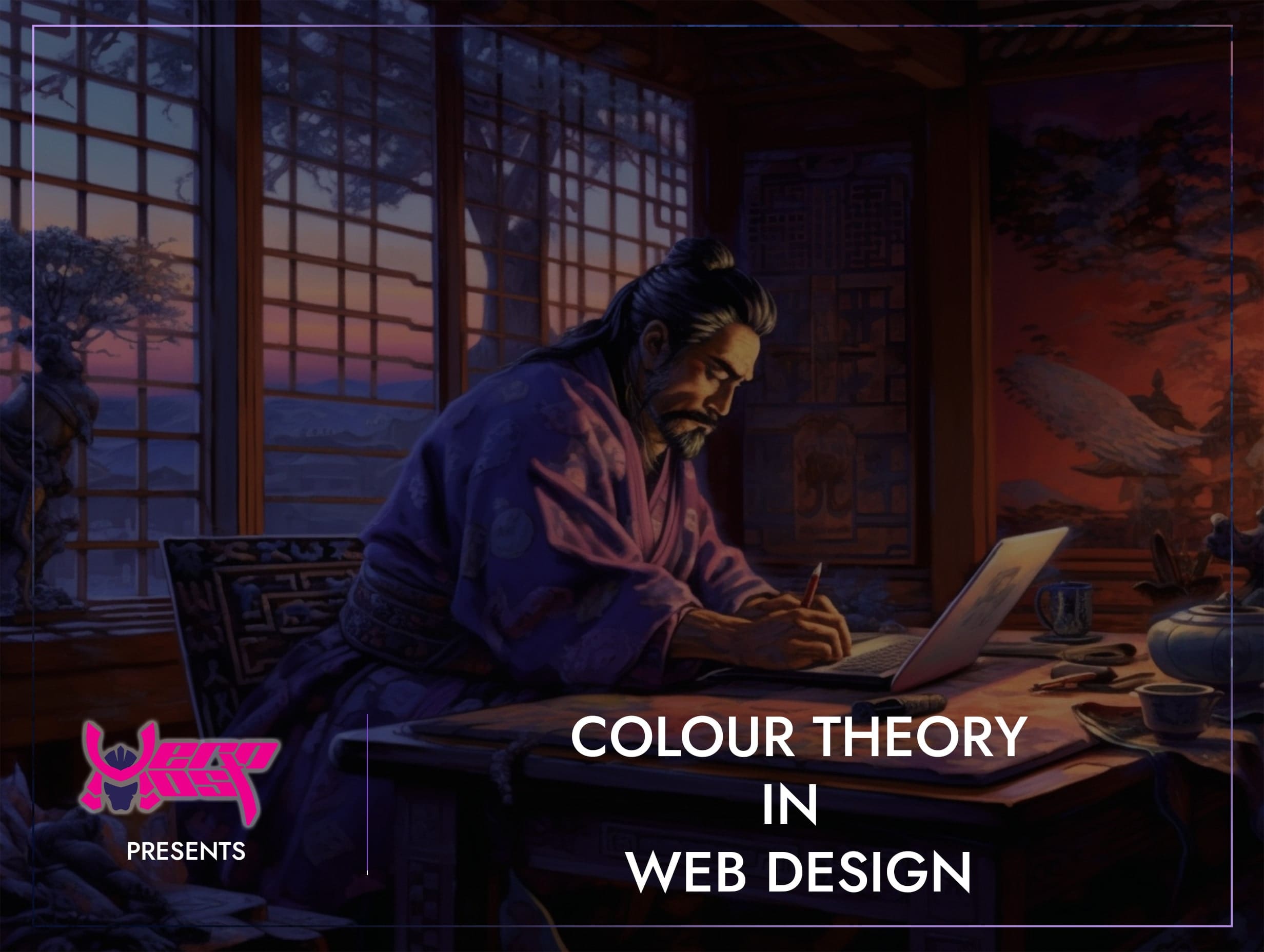Typography in Web Design
- Home
- Web Design
- Typography in Web Design

- Mikey Ryu
- May 22, 2024
- 0
Typography in Web Design
Typography is a vital component of web design that goes beyond merely choosing fonts. It involves the art and technique of arranging type to make written language legible, readable, and appealing when displayed. Effective typography enhances the user experience, guides readers through the content, and ensures that the message is communicated effectively. In this blog, we explore the significance of typography in web design and provide insights on how to use it to enhance both aesthetics and functionality.
The Role of Typography in User Experience
Typography can profoundly influence how users perceive a website. Well-chosen fonts help to establish a site’s atmosphere and character without sacrificing usability. The type must be functional, meaning that it should allow for easy reading and navigation through the website. Good typography leads to a better user experience, increased readability, and higher engagement.
Choosing the Right Fonts
Selecting the right fonts is crucial for maintaining the balance between personality and clarity. Designers should aim to use fonts that reflect the brand’s identity while ensuring that they are versatile across different devices and screen sizes. It’s recommended to limit the number of font families to maintain a cohesive look. Common practice is to use one font for headings and another for body text, providing clear distinction and hierarchy.
Font Size and Scaling
The size of the text affects its readability. On the web, body text is typically set between 14px and 18px, depending on the font and the audience’s reading habits. Headings and subheadings should be distinctly larger to create a visual hierarchy. Responsive scaling ensures that typography looks good on both small mobile screens and large desktop displays, improving readability and accessibility across all devices.
Typography and Visual Hierarchy
Visual hierarchy in typography involves organising and formatting text to direct the reader’s attention to various parts of the page according to their importance. This can be achieved through variations in size, weight, spacing, colour, and style. Effective use of typographic hierarchy can greatly enhance a website’s readability and user navigation.
Headings and Subheadings
Headings and subheadings are the most straightforward tools to establish a hierarchy. They not only organise content but also grab attention and guide readers through the narrative or informational flow of the website.
Paragraphs and Line Spacing
Good typography ensures that paragraphs are neither too long nor too dense. Line spacing (leading) should be sufficiently airy to improve readability but tight enough to maintain textual cohesion. Optimal line length (measure) should also be considered, with the ideal range for comfortable reading being between 50-75 characters per line.
Typography and Accessibility
Accessibility should be a key consideration in typography. The text must be legible to all users, including those with visual impairments. This includes choosing high-contrast text colours and providing ample text size options or allowing the browser to scale text without breaking the site layout.
Colour and Contrast
Ensure sufficient contrast between the text and its background to prevent strain and facilitate reading for users with less-than-perfect vision. The Web Content Accessibility Guidelines (WCAG) provide a good benchmark for minimum contrast ratios.
Responsive and Adaptive Text
Typography must adapt to various devices and orientations. This means that typefaces, sizes, and spacing dynamically adjust based on the device to ensure text is always legible and effectively presented.
Conclusion
Typography is not just an element of style in web design; it’s a crucial tool for enhancing user interaction and communication. The choice of typeface, size, spacing, and colour all play pivotal roles in making a website not only more attractive but also more functional and accessible. By employing thoughtful and deliberate typographic practices, designers can significantly improve the user experience, making websites more enjoyable and easier to navigate. This makes mastering typography an essential skill for any web designer aiming to create impactful and successful web pages.
Search
Categorys
- Branding (12)
- Business Growth Guides (3)
- Business Insights (3)
- Content Marketing (43)
- Domain Authority (19)
- Email Marketing (28)
- Google Analytics & Search Console (5)
- Hack or Not (2)
- Hero Host News (0)
- Inbound Marketing (32)
- Lessons From Asia (40)
- Marketing Guides (11)
- Martial Arts Journey (14)
- Outbound Marketing (8)
- Search Engine Optimisation (SEO) (41)
- Social Media Marketing (38)
- Web Design (20)
- Website Hosting (4)
- Wordpress (2)






